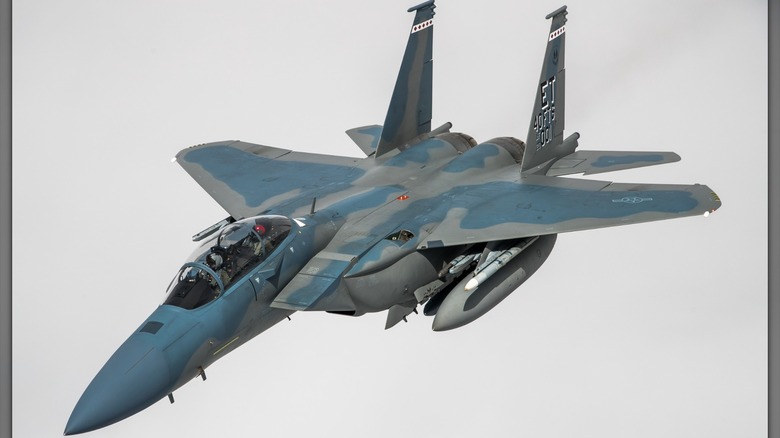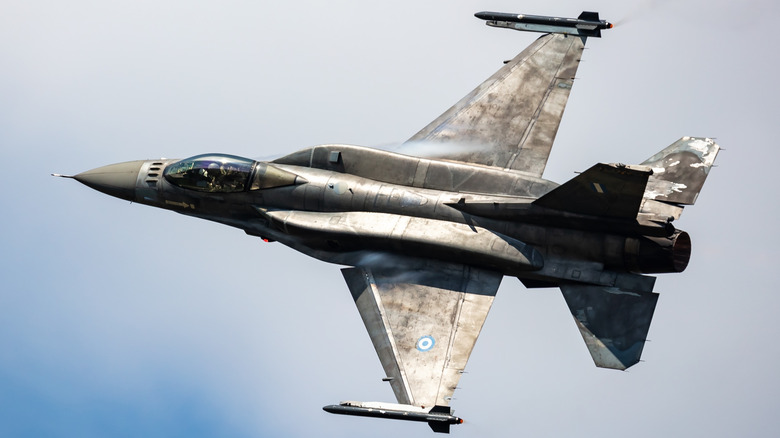What Is A 4.5 Generation Fighter Jet & What Makes It Different From 5th Gen Aircraft?
In 2005, the U.S. Air Force accepted a special new jet fighter into its inventory: the stealthy F-22 Raptor. This was the world's first 5th-generation fighter. Developers and the military have been classifying aircraft by generations since the 1990s as a means to discern the advancements in aeronautical technology. The first subsonic jets used during and soon after WWII are widely considered the 1st generation of fighters while those that received air-to-air radar came to be considered the 2nd generation.
The 3rd-generation fighters are multi-role aircraft like the F-4 Phantom and other comparable jets. Things begin to get murky in the 4th generation because it's since been further divided into multiple categories. These are 4, 4.5, 4+, and 4++, depending on the source. Standard 4th-generation fighters include newer technologies and composite materials. The F-16 and F/A-18 are some 4th-generation fighters. Generation 4.5, however, encompasses the aforementioned classifications and includes later variants of 4th generation fighters.
The aircraft that are classified as such are typically more advanced than their legacy counterparts, modernizing them for 21st-century air combat. 5th-generation fighters employ a fully digital system, a combined use as ground support aircraft and direct attack fighter. As of 2025, the only 5th-generation fighters in operation are the F-22, F-35 Lightning II, Chengdu J-20, Shenyang J-35, and the Sukhoi Su-57. The main difference is that 4.5-generation fighters have been modified to bring them up to standards close to 5th-generation fighters, while the latter was designed and constructed with those improvements from the start.
Why there's a 4.5 generation of fighter jets
The idea of splitting a fighter jet generation didn't come around until the 4th generation was fully developed. The need arose due to a reduction in defense spending in the '80s and '90s. Because designing an entirely new fighter jet for a new generation is incredibly expensive and time-consuming, it became more cost-effective and practical to upgrade the existing 4th generation fighters. This involved the installation of stealth and radar-absorbent materials.
The addition of thrust vector-controlled engines is a huge advancement for 4th-generation fighters as well, and many other systems were added during the '90s to ensure the lifespan of aircraft like the F/A-18E/F Super Hornet, Sukhoi Su-27 Flanker, and others could remain relevant into the new decade. Even as development of the first 5th-generation fighter was already underway, it made sense to continue upgrading the fleet of existing aircraft to more modernized standards. Because of this practice, one of the most capable fighters in use in 2025 isn't a 5th generation fighter; it's the F-15 Eagle.
The F-15 entered service in 1976, so it's not a new plane, but its record speaks for itself. With modernization upgrades, the F-15EX Eagle II and previous variants have become one of the deadliest fighter jets in U.S. history, and none have been shot down, either by enemy aircraft or air defense systems. The F-35 and other 5th-generation fighters are more advanced and capable, but there are far fewer to go around, and it could be a long time before they manage to erase the F-15's impressive lead.

